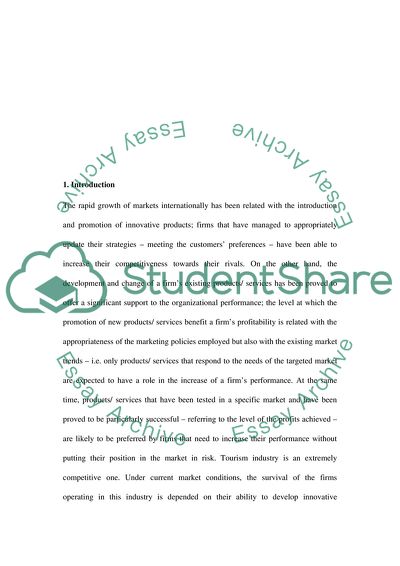Cite this document
(Special Interest Tourism Case Study Example | Topics and Well Written Essays - 2000 words, n.d.)
Special Interest Tourism Case Study Example | Topics and Well Written Essays - 2000 words. Retrieved from https://studentshare.org/tourism/1736116-special-interest-tourism
Special Interest Tourism Case Study Example | Topics and Well Written Essays - 2000 words. Retrieved from https://studentshare.org/tourism/1736116-special-interest-tourism
(Special Interest Tourism Case Study Example | Topics and Well Written Essays - 2000 Words)
Special Interest Tourism Case Study Example | Topics and Well Written Essays - 2000 Words. https://studentshare.org/tourism/1736116-special-interest-tourism.
Special Interest Tourism Case Study Example | Topics and Well Written Essays - 2000 Words. https://studentshare.org/tourism/1736116-special-interest-tourism.
“Special Interest Tourism Case Study Example | Topics and Well Written Essays - 2000 Words”. https://studentshare.org/tourism/1736116-special-interest-tourism.


